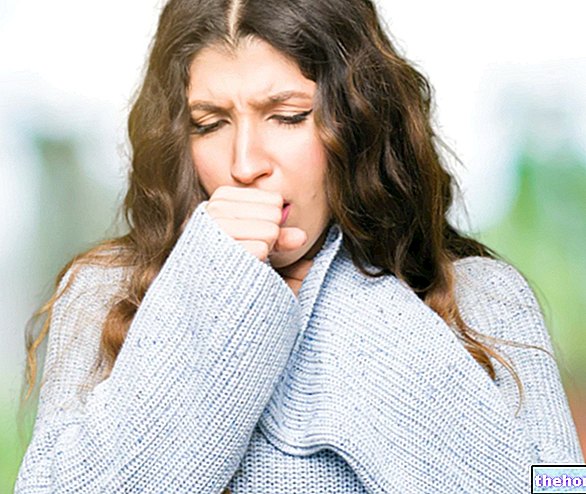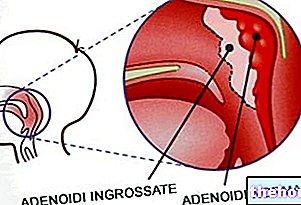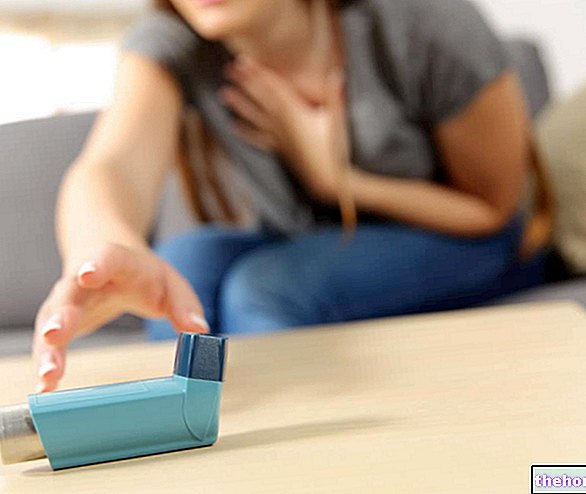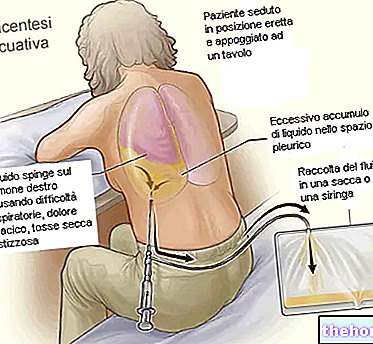Theophylline is an alkaloid found in tea leaves (Camellia sinensis), but also in coffee and guarana seeds. It is mainly used as an anti-asthmatic drug, but the unfavorable risk / benefit ratio makes it a "secondary option compared to more effective and safe drugs."
Theophylline in The
The concentration of theophylline is very variable in relation to the type of tea, the variety and the duration of the infusion.
On average, black tea mainly contains caffeine, also called theine (2.5-5.5% on dry weight), while theophylline is present in limited concentrations (0.002-0.013%).
Therefore, contrary to popular belief, tea provides good doses of caffeine (about 20 mg per 100 ml), but its theophylline content is somewhat reduced (about 1 mg in a 150 ml cup of very strong black tea, up to less than 1 mg / L in infusions prepared with leaves of the most delicate varieties). Regardless of the source, the concentrations of these two alkaloids are higher as the leaves are kept in the infusion.

Property
Theophylline has a diuretic and relaxing action on smooth muscles, in particular on that of the bronchi.
The diuretic action of theophylline is exploited in herbal teas and in draining dietary products. The bronchodilator, on the other hand, finds space in the pharmaceutical field.
Theophylline against asthma
it follows a "positive activity on respiratory problems of various kinds, such as asthma and bronchitis. This" therapeutic activity is carried out at different levels and leads, among other things, to an "increased contractility of the diaphragm and other respiratory muscles.
Also for this reason, before and at the end of the classic foot or bicycle races, a nice cup of hot tea is offered, in which the concentration of theophylline is however completely insufficient to have therapeutic value (about 100-1000 times lower than 120 -240 mg, 3-4 times a day, used in adult anti-asthma therapy).
For further information: theophylline against asthma
Derivatives of Theophylline
Derivatives of theophylline are used in the treatment of bronchial asthma. The best known and most used is Aminophylline (resulting from the combination of theophylline with ethylenediamine), whose anti-asthmatic action derives from the blocking of phosphodiesterases (with consequent increase in intracellular concentrations of cyclic AMP), the "increased release of catecholamines, the inhibition of adenosine receptors and the regulation of pro-inflammatory cells. Another" particular therapeutic indication of theophylline is represented by neonatal apneas.
Aminophylline is a second or third choice antiasthmatic, which is used only when other drugs are not effective. At high doses it can induce nausea, vomiting, agitation, tachycardia, abdominal pain, headache, muscle tremors and arrhythmia.
Pharmacokinetic properties
From the chemical point of view, theophylline is a methylxanthine, very similar to caffeine; administered orally it is rapidly absorbed and the plasma peak is observed within one or two hours (although there are special slow-release formulations).
Catabolism occurs in the liver, with the production of more or less active derivatives, which are then eliminated by the kidney.




























